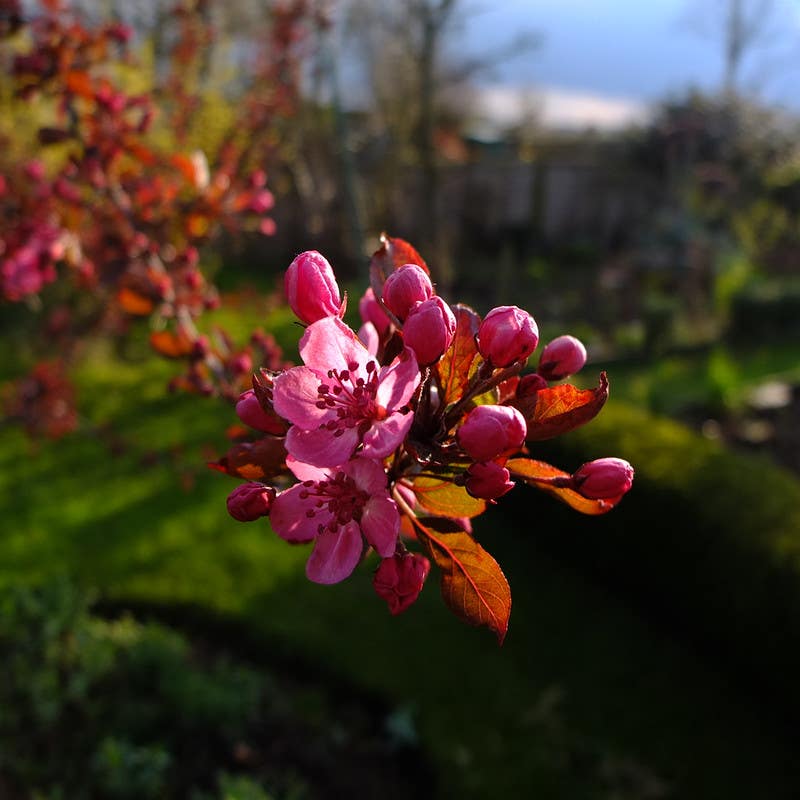Impatiens namchabarwensis
Keep it cool and moist as it is in its Tibetan homeland. Also, note that the flower color changes with light and temperature.
Plant name:Impatiens namchabarwensis
Virtues: First blue-flowered impatiens available.
Bloom color: Rich sapphire blue.
Leaf/Foliage: Narrow, slightly toothed, medium green foliage.
Goes great with: Shade plants, especially gold plants.
Habit: Densely branched to two feet.
Season: Spring to frost.
Suggested by: Joshua McCullough of Cistus Nursery.
Where does it come from: Joshua McCullough first became aware of the famous blue impatiens by rumor alone. He heard of a plant explorer in a distant corner of the world with a strange and a intriguing tale of a new blue flower. His ears were pricked, as there is little more rare and exciting than a truly blue flower.
Joshua was first awed by this cerulean creature after receiving material from the collections of John Grimshaw, who was in the remote Tsangpo Gorge of Chinese-controlled Tibet. Three times deeper and five times longer than the Grand Canyon, this rend in the Himalayas remains one of the least explored regions on the planet. It was there, in the Namchabarwa canyon, close to the area considered by Tibetans to be Shangri La, in moist openings of the leafy forests that this new species was found.
This plant needs no color correction to land among the best of the azure. It is, for good reason, sometimes referred to as "Blue Diamond."
Tips: Keep it cool and moist as it is in its Tibetan homeland. Also, note that the flower color changes with light and temperature. The best blue occurs on cool mornings, and often turns slightly purple in the bright afternoon. Expect it to politely self-sow (as will any of the balsams) to reward you with a new supply each year. USDA hardiness zone 7.







